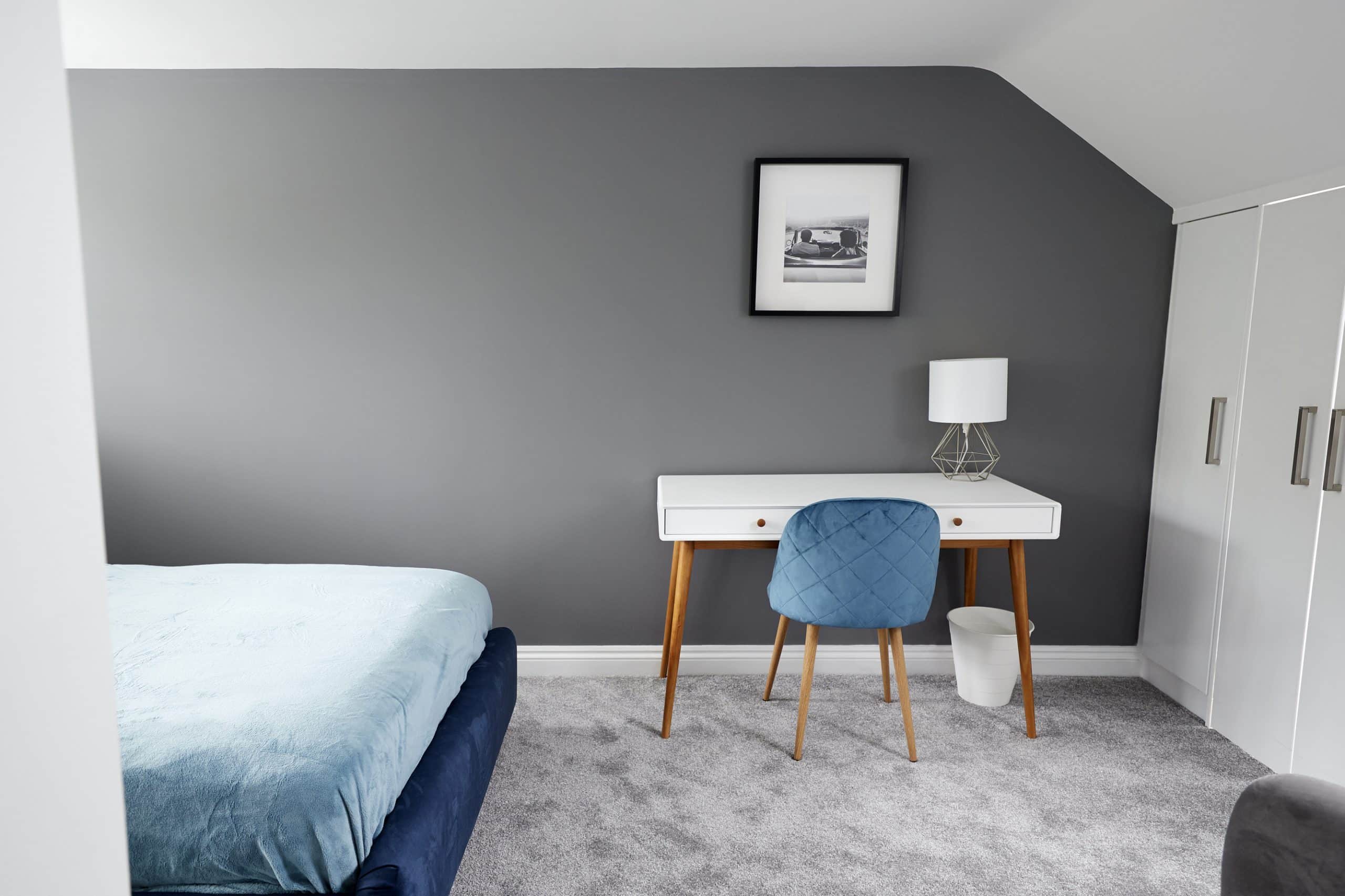What Are the Best Strategies for Converting Office Buildings to Co-Living Spaces?

The transformation of commercial real estate, specifically office buildings, into residential spaces is not a new concept. However, the recent shift towards co-living spaces adds a fresh layer to this trend. It is a concept that’s growing in popularity in cities worldwide, including in the heart of New York City. The conversion of office buildings into co-living spaces is reshaping the face of downtowns and redefining the way we perceive housing. This article delves into the intricacies of this trend, discussing the strategies that can help achieve a successful conversion of office buildings into co-living spaces.
Understanding Office to Residential Conversions
The first step in strategically planning an office to residential conversion project is understanding the process itself. Conversions involve transforming a commercial office space into a residential housing unit. Over the years, these conversions have become increasingly popular, especially in urban areas where housing demand outpaces supply.
Avez-vous vu cela : How to Integrate Smart Water Management Systems in New Real Estate Developments?
The concept of conversions is not new. It has been an ongoing trend in many global cities for years. In New York City, for instance, the conversion of commercial office buildings into luxury apartments has been a common practice for decades. However, the recent shift towards co-living spaces has added an exciting twist to this trend.
Co-living is a form of housing where residents share living spaces and a set of interests, values, or intentions. It aims to create a community-oriented environment where residents not only share the physical space but also engage in shared activities and responsibilities.
Avez-vous vu cela : What are the Advantages of Cross-Laminated Timber in Urban Construction Projects?
Evaluating the Potential for Conversion
Before embarking on a conversion project, it is crucial to evaluate the potential of the building and the market demand. In cities such as New York, where space is a premium, the conversion of office buildings into co-living spaces can be particularly beneficial.
Firstly, consider the structure of the building. Some office buildings might not be suitable for conversion due to their layout or architectural design. For example, if a building has large floor plates, low ceiling heights, or lacks natural light, it might be challenging to convert it into a comfortable living space.
Secondly, think about the location of the building. Is it in a desirable area? Is it close to amenities like public transportation, shops, parks, and restaurants? This could significantly impact the desirability and potential success of the co-living space.
Lastly, assess the market demand for co-living spaces in the city. Are people looking for more affordable, community-oriented housing options? If so, converting an office building into a co-living space could meet this need and be a profitable endeavour.
Planning the Conversion
Once you’ve determined that a building is suitable for conversion and there’s market demand, the planning phase begins. This involves defining the vision of the co-living community, designing the space, and obtaining necessary permits and approvals.
The vision for the co-living community should align with the needs and desires of potential residents. For example, the co-living space could focus on sustainability, wellness, or creativity. A clear vision will guide the design process and help create a unique and appealing co-living community.
In terms of design, consider incorporating shared spaces for socializing, working, and leisure. These could include communal kitchens, lounges, coworking spaces, and even gyms or yoga studios. Including private bedrooms and bathrooms will also be important for residents who value privacy.
Implementing the Conversion
The actual construction phase of the conversion will require careful project management to stay on schedule and budget. Hiring a skilled construction team with experience in conversions will be essential. They will need to tackle unique challenges such as modifying the building’s infrastructure, ensuring compliance with residential building codes, and creating a homely yet functional environment from a previously commercial space.
Also, consider embracing sustainable practices during the construction phase. For instance, you could reuse or recycle materials where possible, install energy-efficient appliances and systems, and opt for eco-friendly construction methods. This can enhance the appeal of the co-living space, particularly for environmentally conscious tenants.
Marketing the Co-Living Space
After the conversion is complete, the final step is to market the co-living space. This involves promoting the community, showcasing the unique features of the space, and attracting potential residents.
Use online platforms and social media to reach your target audience and showcase the co-living space. Highlight the unique features of the space, the community events and activities, and the benefits of co-living. If possible, offer virtual tours or open houses to give potential residents a feel for the space.
In conclusion, converting office buildings into co-living spaces can be a complex but rewarding process. It requires careful planning, strategic design, meticulous implementation, and effective marketing. However, when done correctly, it can transform underutilized office spaces into thriving co-living communities that meet the housing needs of city dwellers.
Addressing Legal and Regulatory Challenges
When converting office buildings into co-living spaces, it’s crucial to consider the legal and regulatory challenges that may arise. These can include zoning laws, building codes, and regulations related to safety and accessibility.
Zoning laws regulate how a property can be used and can pose a challenge for conversion projects. For example, a building might be zoned for commercial use, and changing its use to residential might require a variance or a change in the zoning laws.
Building codes also pose challenges. Commercial and residential properties are subject to different building codes, and bringing an office building up to residential standards can be time-consuming and costly. Office buildings might require significant alterations to meet the requirements for residential use, such as adding kitchens and bathrooms, increasing the number of exits, and ensuring adequate natural light and ventilation.
Accessibility is another important aspect to consider. The Americans with Disabilities Act (ADA) mandates that all public and commercial facilities, including co-living spaces, be accessible to people with disabilities. Ensuring that a converted office building meets these standards might require adding ramps, widening doorways, or installing elevators.
Therefore, understanding the legal and regulatory environment is fundamental in planning and implementing office to residential conversions. It can help avoid costly legal disputes and ensure that the co-living space complies with all relevant regulations.
Managing Financial Aspects
Converting an office building into a co-living space involves significant financial management. It requires a careful assessment of the costs and potential returns of the conversion project.
The initial investment costs for conversion projects can be high, especially if the office building requires significant alterations. These costs include purchasing the property, hiring architects and contractors, obtaining permits, and carrying out the actual conversion work.
On the other hand, converting office buildings into co-living spaces can also be a lucrative venture. With the rising demand for affordable housing in cities like San Francisco, New York City, and Los Angeles, these conversions can offer a significant return on investment. Rental income from a co-living space can be higher than traditional rentals due to the higher density of tenants.
Furthermore, certain cities and states in the United States offer incentives for adaptive reuse projects. These can take the form of tax credits, grants, or streamlined permitting processes, which can help defray the costs of conversion.
In conclusion, financial management is critical in office to residential conversions. It involves balancing the costs and potential returns, leveraging available incentives, and ensuring the financial viability of the co-living space in the long term.
Conclusion
In a world where urban density is on the rise and the nature of work is evolving, the conversion of office buildings into co-living spaces is a strategic response. It not only addresses the pressing need for affordable housing but also promotes community living and sustainable urban development.
However, successful residential conversions require a multi-pronged approach. It involves understanding the process, evaluating the potential of the building, planning the conversion, overcoming legal and regulatory hurdles, managing financial aspects, implementing the conversion, and effectively marketing the co-living space.
As cities like San Francisco, New York City, and Los Angeles continue to grapple with housing shortages, the conversion of office buildings into co-living spaces will likely remain a significant trend in the real estate sector. By embracing this trend, real estate developers can contribute to the transformation of our cities, creating vibrant, inclusive, and sustainable communities in previously underutilized office spaces.
